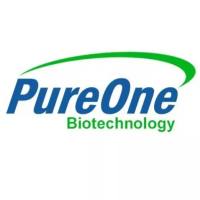Assessment of Antioxidant Activity of Eugenol In Vitro and In Vivo
互联网
514
Reactive oxygen species are implicated in many human diseases and aging process. Much of the evidence is based on experimental data indicating increasing rates of lipid peroxidation in disease states and the ameliorating effects of antioxidants. It is becoming increasingly evident that the natural antioxidants, which have phenolic structure, play an important role in protecting the tissues against free radical damage. Eugenol (4-allyl-2 methoxyphenol) is one such naturally occurring phenolic compound. The antioxidant activity of eugenol was evaluated by the extent of protection offered against free radical-mediated lipid peroxidation using both in vitro and in vivo studies. The in vitro lipid peroxidation was induced in mitochondria by (Fe(II)-ascorbate) or (Fe(II) + H2 O2 ). The lipid peroxidation was assessed colorimetrically by measuring the formation of thiobarbituric acid reactive substances (TBARS) following the reaction of oxidized lipids with TBA. Eugenol completely inhibited both iron and Fenton reagent-mediated lipid peroxidation. The inhibitory activity of eugenol was about fivefold higher than that observed for α-tocopherol and about tenfold less than that observed for BHT. The in vivo lipid peroxidation-mediated liver damage was induced by administration of CCl4 to rats. Eugenol significantly inhibited the rise in SGOT activity and cell necrosis without protecting the endoplasmic reticulum (ER) damage as assessed by its failure to prevent a decrease in cytochrome p450 and G-6-phosphatase activity. The protective action of eugenol has been found to be due to interception of secondary radicals derived from ER lipids rather than interfering with primary radicals of CCl4 (• CCl3 /CCl3 OO• ).









